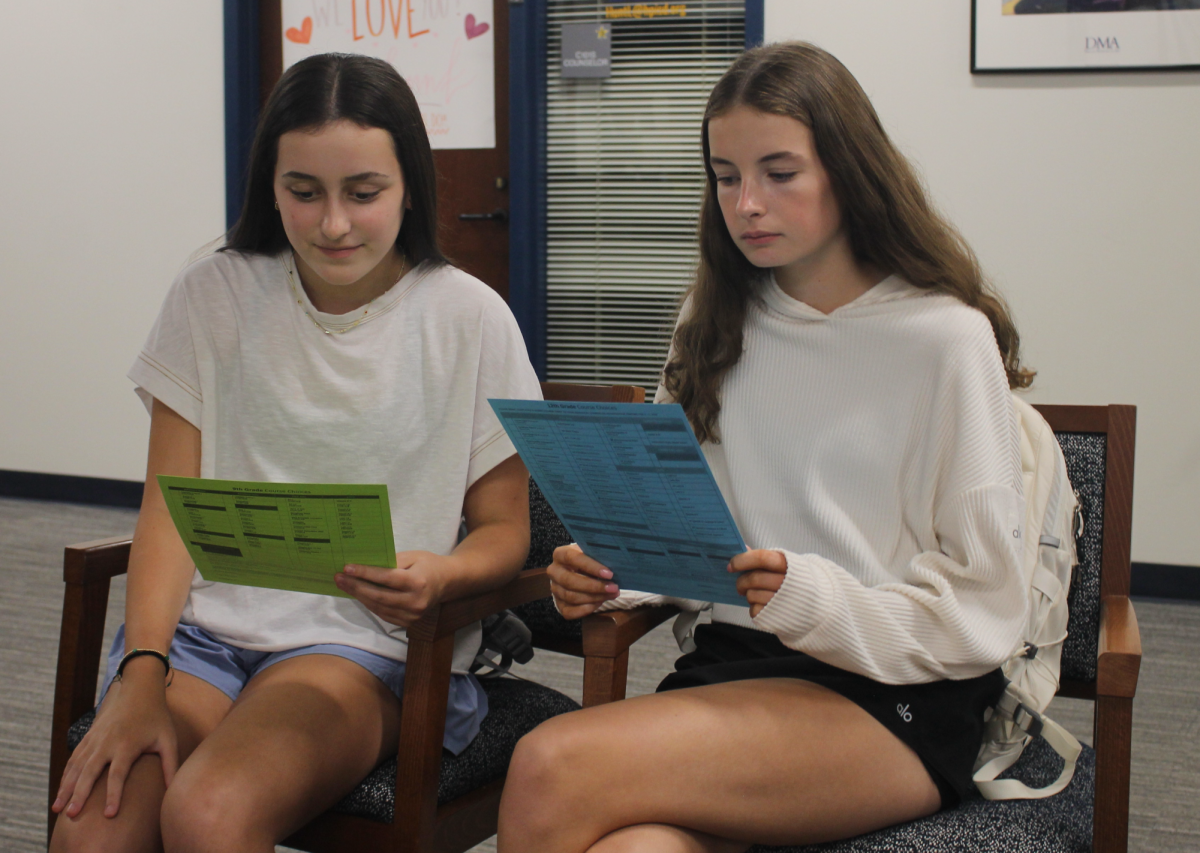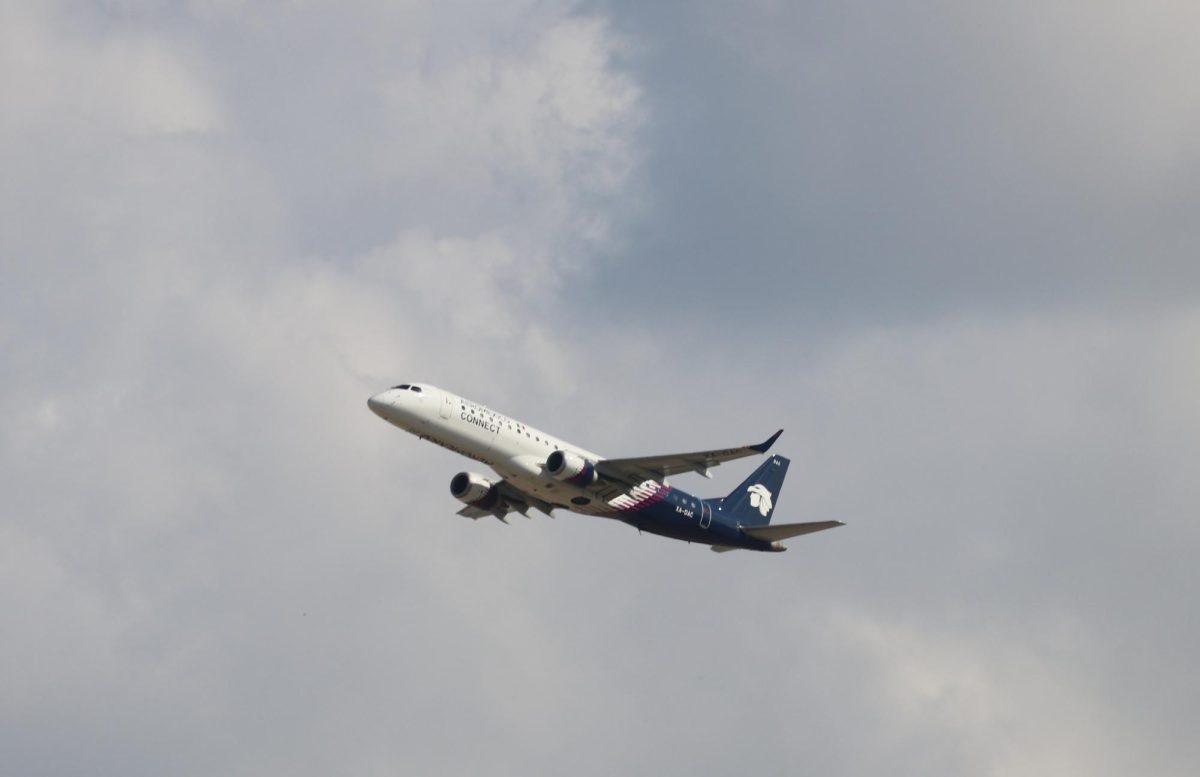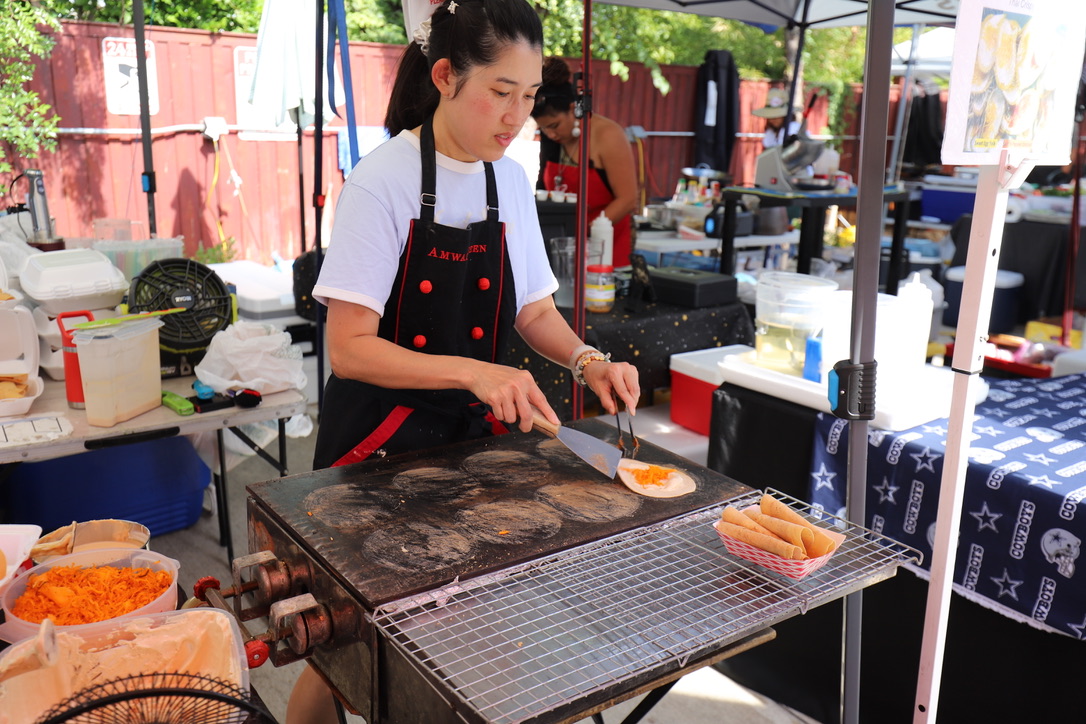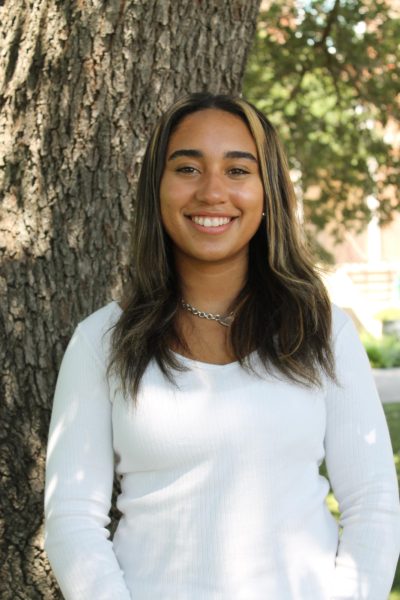For years, students have packed their schedules with Advanced Placement (AP) courses, chasing higher GPAs and competitive college applications. Starting with the class of 2030, schedules will be looking different.
In summer, the school board announced new restrictions on the number of AP classes students can take, beginning with the class of 2030. The decision comes after months of discussion about how the GPA policy shaped student choices, and how competitive pressure affected student well being.
“We had been hearing from students and parents that the previous GPA policy discouraged kids from remaining in extracurricular activities like athletics or arts, because it penalized them from a GPA perspective.” School Board Trustee Blyth Koch said.
The policy limits freshman to one AP class, sophomores to two and juniors and seniors to six each year. Current high school students will not be affected by the cap, but they will have expanded GPA exemptions starting next year. Teachers are already thinking about what these changes may mean for their classrooms.
“I may see some students drop,” Jerry Howland, AP Macroeconomics teacher, said. “Some students ‘level down’ even though they could handle the work, but they feel stretched thin… so, I understand why the board made this decision, but it may lower AP enrollment a little.”
The exemptions are designed to protect students’ grades when they commit to time-intensive activities outside of traditional academics. Starting sophomore year, students will be able to exempt up to two courses per year in areas such as athletics, fine arts, journalism, debate and robotics. While this policy is separate from the new limits on the number of AP classes students can take, the two go hand-in-hand. Both are meant to relieve pressure on students who feel they must overload on advanced courses to stay competitive, even at the expense of their mental health or extracurricular passions.
“I think at first I picked the classes I thought I would enjoy, but also ones that seemed important to take,” class of 2026 valedictorian Henry Zhu said. “Honestly, a bit of both—interest and GPA pressure.”
The board’s goal and reason for the cap is to give more opportunity for extracurriculars to students. Teachers often see students juggling multiple AP classes along with heavy extracurricular commitments.
“For some kids, the stress can really add up,” Howland said. “Even the ones who can handle the academics sometimes don’t have time to sleep or take care of themselves.”
Students who have taken heavy AP loads expressed mixed reactions to the new policy. While some worry the cap will limit their academic opportunities and make them less competitive in the college admissions process, others see it as a chance to shift the focus back to learning and personal interest.
“It pushes people to pursue classes that are more useful for them, instead of just loading up,” Zhu said.
Students may be concerned that colleges might misinterpret the new limits. With fewer AP classes allowed, students from the district could have transcripts that look less rigorous than peers at schools without a cap. The district emphasized that very few students will be directly affected by the cap, but the board believes the new policies will reduce pressure on students across the board.
“When the ceiling is seven [AP classes], kids feel like they need to get close to seven,” Koch said. “If the ceiling is six, they might feel freer to do five, or even four [classes], without feeling behind.”
The policy change reflects a growing conversation in education about balance, mental health and each individual’s definition of success. For the class of 2030 and beyond, the district hopes the new rules will encourage students to take ownership of their schedules in a healthier, more intentional way.
“At the end of the day, we want kids to leave here not just with strong transcripts, but with the chance to actually enjoy high school,” Koch said.










